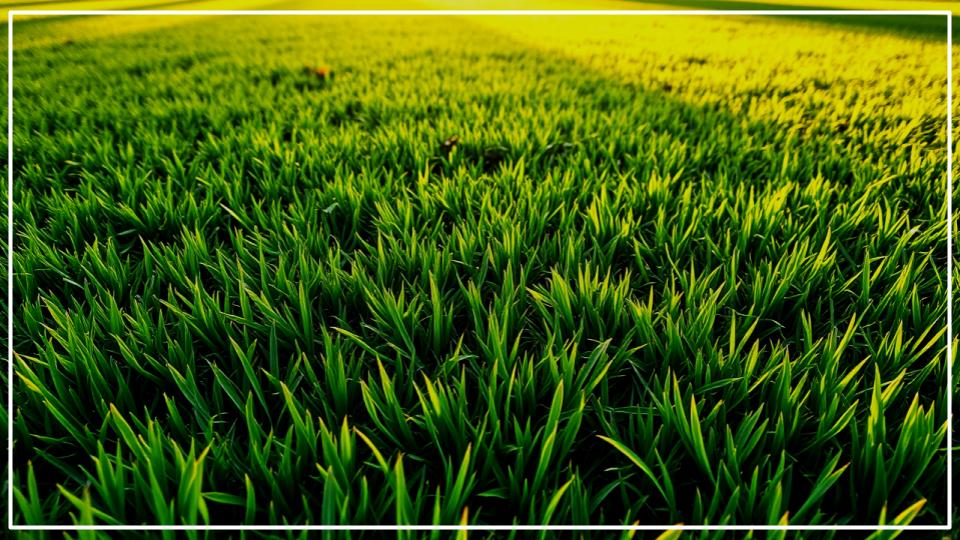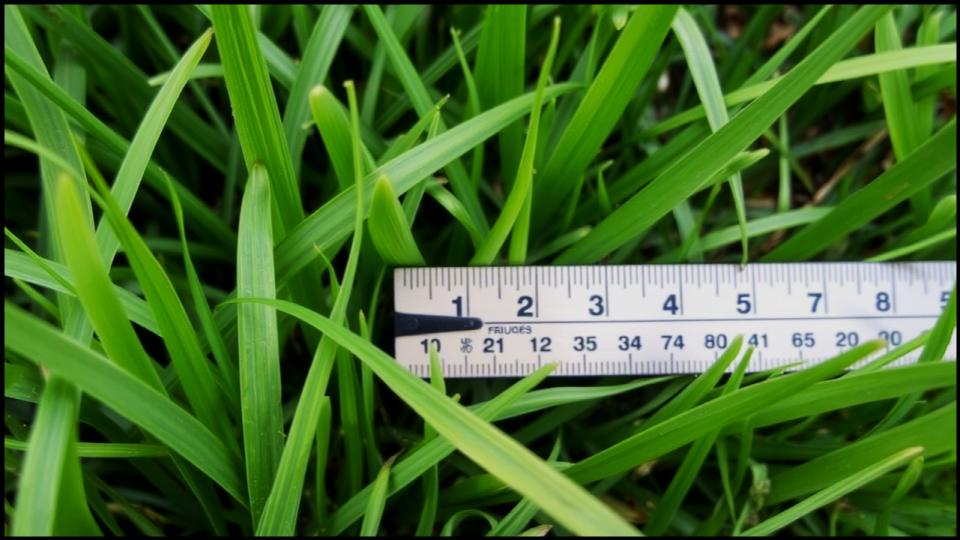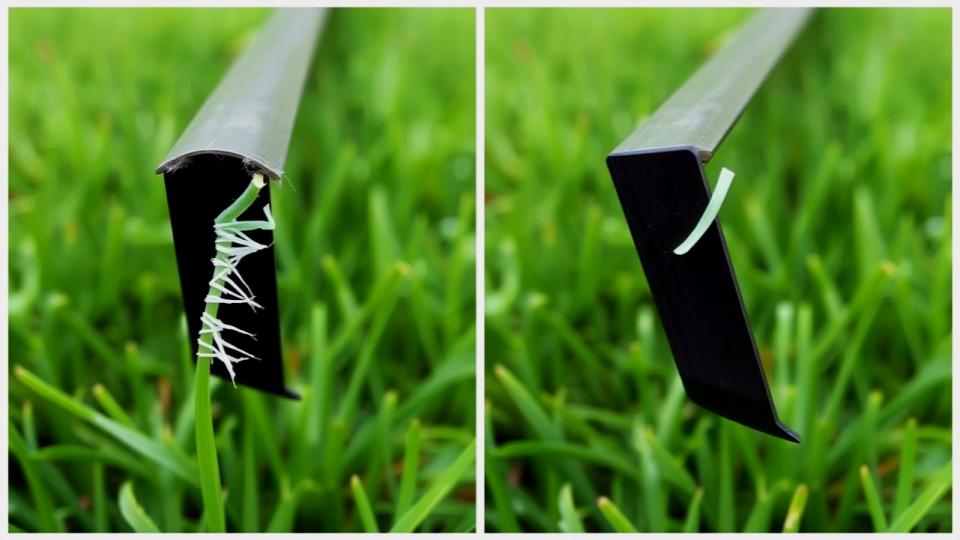
The air sweetens, the ground softens, and the world seems to stretch and yawn itself awake. For those of us who cherish our outdoor spaces, the first blush of spring brings an almost irresistible urge to begin gardening—and for many, that starts with the lawn. The desire to tame the shaggy, winter-worn turf is strong. But a successful season of lush, green grass hinges on patience. The Perfect Time to Mow After Winter is less about a date on the calendar and more about a dialogue with your lawn. Get the timing and technique right, and you set the stage for a summer of barefoot-worthy splendor. Get it wrong, and you could be fighting an uphill battle for months.
This guide will walk you through everything you need to know, from reading your lawn’s subtle cues to mastering the techniques that ensure a healthy, beautiful start to the year.
Quick Tips for a Perfect First Mow
Here are the absolute essentials for a flawless first cut.
- Wait for 3 to 4 inches: Don’t mow based on the calendar. Wait until your grass has grown to a consistent height of at least 3.5 inches.
- Check the ground: The soil should be firm and dry. If you leave a deep footprint or see mud, it’s too wet to mow and you risk compacting the soil.
- Mow high: Set your mower blade to its highest setting. You only want to trim the top one-third of the grass blades.
- Use a sharp blade: A dull blade tears grass, inviting disease. Ensure your mower blade is professionally sharpened for a clean, healthy cut.
Why Patience is a Gardener’s Greatest Virtue
After a long winter, the sight of green shoots is a balm to the soul. It’s tempting to rev up the mower at the first sign of life, but this is a common mistake I see homeowners make time and again. Think of your lawn as a bear waking from hibernation; it’s groggy, vulnerable, and needs time to build up its strength.
During winter, your lawn is dormant. The root system is the plant’s energy reserve, storing carbohydrates to survive the cold. As soil temperatures rise, the grass begins to draw on these reserves to push out new top growth. Mowing too early, before the blades have had a chance to photosynthesize and replenish those roots, puts the entire plant under immense stress. It’s like demanding a marathon from someone who just woke up from a long sleep.
This early stress can lead to a cascade of problems:
- Shallow Root Growth: An early scalping forces the plant to focus all its energy on blade recovery, neglecting the deep root development needed to withstand summer heat and drought.
- Increased Weed Competition: A weak, thin lawn is an open invitation for opportunistic weeds like crabgrass and dandelions to move in and take over.
- Vulnerability to Disease: Torn, stressed grass is more susceptible to common fungal diseases that thrive in the cool, damp conditions of early spring.
In my own garden, I’ve learned that waiting an extra week or two for that Perfect Time to Mow After Winter always pays dividends in the form of a more resilient and beautiful lawn all summer long.
Reading the Signs: Your Lawn’s Telltale Cues
So, if not the calendar, what tells you it’s time? Your lawn will give you three clear signals. When all three of these conditions are met, you are ready for the when to cut grass after winter question to be answered.

The Growth Gauge: Aim for Height, Not the Date
The single most reliable indicator is grass height. Most cool-season grasses—like Kentucky bluegrass, fescues, and ryegrass, which are common in much of the U.S.—should be allowed to grow to at least 3 to 4 inches before their first cut. According to the horticulture experts at the University of New Hampshire Extension, this ensures the plant is actively and consistently growing. Don’t be fooled by a few eager patches; look for consistent height across the majority of your lawn.
The Ground Rules: Checking Soil Condition
Never mow a soggy lawn. Mowing on wet, soft ground is a cardinal sin of spring lawn care. The weight of the mower, and your own footsteps, will create ruts and deeply compact the soil. Compacted soil smothers grass roots, preventing air, water, and nutrients from penetrating.
Here’s a simple test: walk onto your lawn. If your shoes sink into the turf or you can see a pronounced, muddy footprint after you step away, the ground is too wet. Wait a few more sunny, dry days for the soil to firm up.
The Temperature Test: Consistent Growth is Key
A random 65-degree day in March does not mean spring has truly sprung. Your lawn is smarter than that. Grass growth is triggered by sustained soil temperatures, not just a fleeting warm spell. Most cool-season grasses begin to grow vigorously when soil temperatures consistently reach 50 to 55°F (10 to 13°C). This sustained warmth is what fuels the steady growth you’re looking for.
A Cut Above: Mastering the Technique for Your First Mow
Once the timing is right, your technique is what separates a good result from a great one. A little preparation goes a long way.
TOOLS AND MATERIALS BOX:
- Lawn Mower: Ensure it’s in good working order.
- Sharp Mower Blade: The single most crucial tool.
- Leaf Rake: For gently removing winter debris.
- Work Gloves: For safety and comfort.
- Yard Waste Bags: If you plan to bag your first clippings.]
Step 1: Prep Your Mower Like a Pro
Before it touches a single blade of grass, your mower needs a spring tune-up. A clean, well-maintained machine performs better and is safer to operate.
- Sharpen the Blade: This is non-negotiable. A dull blade rips and tears grass, creating jagged wounds that stress the plant and provide an easy entry point for disease. A sharp blade makes a clean, precise cut, much like a surgeon’s scalpel. You can take the blade to a local hardware store for sharpening or learn to do it yourself.
- Clean the Undercarriage: Caked-on grass from last season can harbor mold and impede airflow, resulting in a poor-quality cut. Scrape it clean.
- Check the Essentials: Change the oil, replace the spark plug, and clean or replace the air filter. Top it off with fresh gasoline if you have a gas-powered model.

Step 2: The Golden Rule of Height: Mow High
For the first mow, set your deck to its highest setting. Your goal is to abide by the “one-third rule,” which states you should never remove more than one-third of the grass blade’s total height in a single mowing. If your grass is 4 inches tall, you should trim it to just over 3 inches.
This addresses the critical question of how high to cut grass first mow. A higher cut encourages the grass to develop deeper, more robust root systems. Taller grass blades also have more surface area for photosynthesis, and they help shade the soil, which retains moisture and suppresses the germination of weed seeds.
Step 3: To Bag or Not to Bag? The Great Clipping Debate
Normally, I’m a proponent of mulching your clippings, as they return valuable nitrogen to the soil. For the very first mow, however, I often recommend bagging them. The first cut of the year usually includes a mix of green grass and leftover winter debris (dead grass, matted leaves). Bagging these up gives your lawn a clean start and removes any potential mold or fungus that may have overwintered in the thatch. Once you are into a regular mowing routine in a few weeks, you can switch back to mulching.
Beyond the Blade: Essential Spring Lawn Care
The first mow is a cornerstone of spring lawn care, but it works best in concert with a few other tasks.
- A Gentle Rake Before You Mow: Before you even think about mowing, take a flexible leaf rake and gently fluff up any matted areas of grass. This breaks up patches of “snow mold” and allows air and sunlight to reach the crown of the plants. Remove any lingering leaves, twigs, or winter debris.
- Hold Off on Fertilizer: While it’s tempting to feed your lawn right away, it’s best to wait until after you have mowed at least once or twice. According to the PennState Extension, applying fertilizer too early can encourage weak blade growth at the expense of root development. Let the lawn fully awaken on its own first.
- Consider Pre-Emergent Herbicides: If you have a history of crabgrass, the window to apply a pre-emergent herbicide is in early spring, often before you mow. These products work by creating a barrier that stops weed seeds from germinating. The timing is crucial and often coincides with when forsythia bushes are in full bloom—a classic piece of garden wisdom.

A Fresh Start for a Beautiful Season
The first mow of the season is more than a chore; it’s a ceremonial opening to a season of outdoor living. It’s the moment you partner with nature, setting the tone for the health and beauty of your landscape for months to come. By waiting for the clear signals of sufficient height and dry soil, preparing your tools with care, and cutting high, you give your lawn the respectful awakening it deserves. Your patience will be rewarded with a resilient, dense, and stunningly green carpet that will be the pride of your garden all summer long.
Read More
Propagate a Lemon Tree: Your Guide to a Lifetime of Homegrown Citrus
